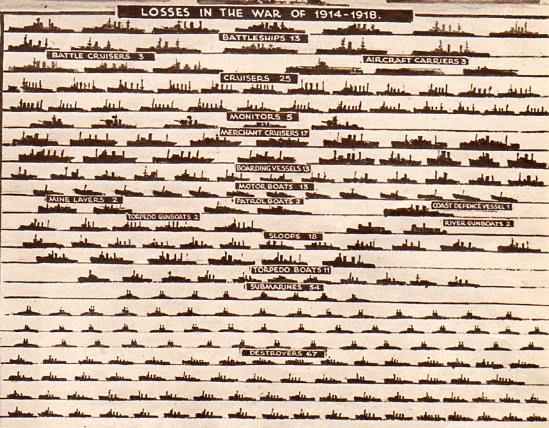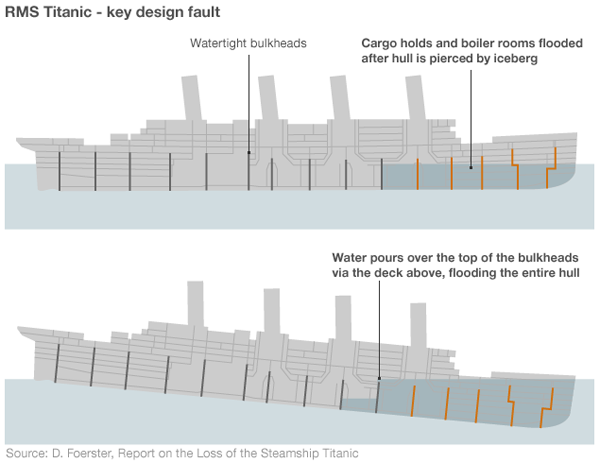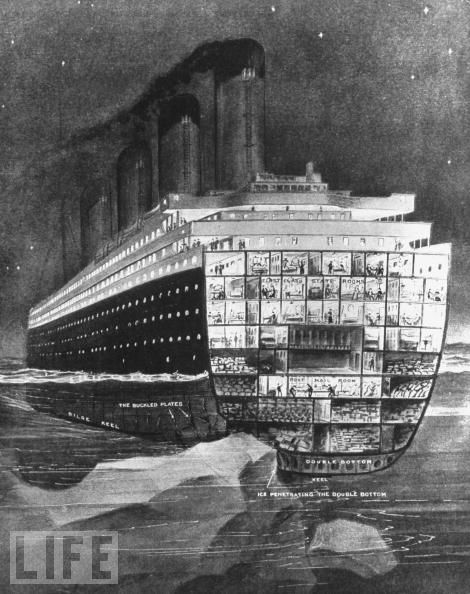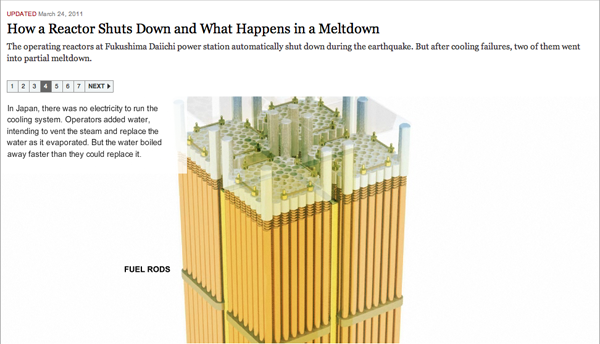The New York Times had a piece in the Sunday paper asking whether American police have gone military, especially in the wake of the images of the police response to Occupy Oakland and Occupy Wall Street with police/troops deployed in tactical body armour, armoured vehicles, &c. The Times piece was accompanied by an Op-Art piece that took three key protests and illustrated the type of police officer responding to the unrest.
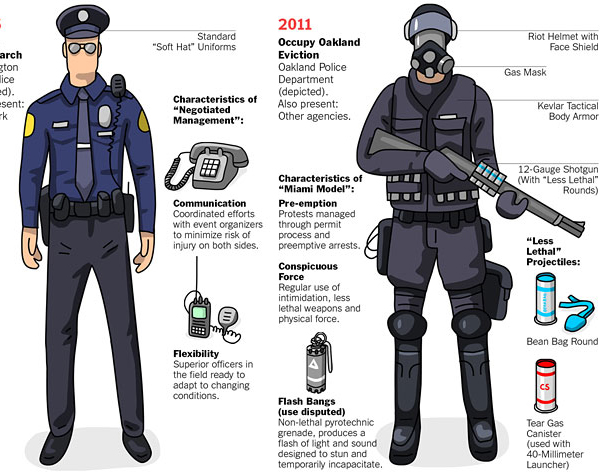
Credit for the illustration goes to Chi Birmingham. The title of this post comes from a British publication about the Brixton riot of 1981 where an individual was asked about why he was rioting was quoted as saying “We want to riot, not to work.”



